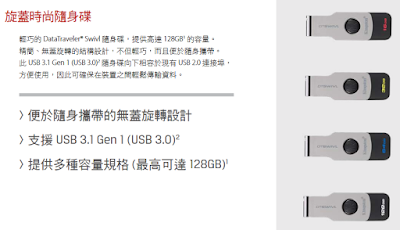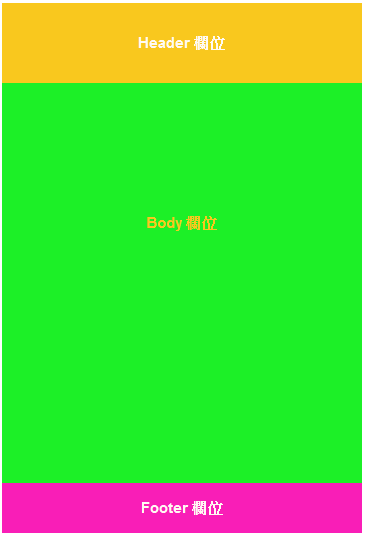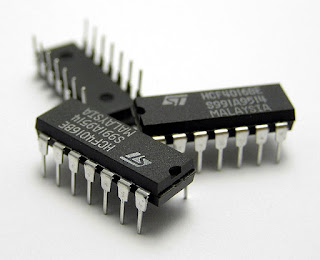[實測] Kingston DataTraveler Swivl 32G 隨身硬碟

由於官網並沒有實際提供這支隨身碟的讀取速度,只有非常籠統的告知 傳輸速度 3 : 32GB、64GB、128GB:100MB/s 讀取速度。 但當我實際在使用後,腦好充滿疑惑與問號。畢竟花錢也要花在有價值的地方。不是嗎? 測試規格: 1. 採用ATTO Disk Benchmark軟體來測試。 2. USB 3.1 Gen 1 隨身硬碟對USB 3.0孔 而以下就是我所獲得的讀取速度,僅供參考。 感想: 恩......讀取速度真的非常讓人驚豔。但............... 寫入速度的數據也太難看了......(對我個人而言)。 畢竟我所有的專案資料都放在隨身碟中,每次打開程式及存取檔案時,特別有感。 寫入速度慢,儲存時就會卡卡。 讀取數度慢,程式剛啟動時要讀取那些專案就要多花一點時間。 我知道有些人覺得一支隨身硬碟沒多少錢。不喜歡就換? 壞了再買? 但另一個角度思考,這是自己長久要陪伴在身旁的,要求自然要高一點。不是嗎? 下一篇來發表 創見的 JetFlash 790隨身硬碟測試結果。






